Practicing proper breathing techniques for swimming can significantly improve your form, speed, and overall performance. This is why all swimming classes focus on breathing in the initial classes.
Here are some tips on how you may improve your breathing while swimming. We’ll go over specific breathing techniques for swimming in different strokes.
Breathing exercises for beginners
Before we get started, let us clear a common misconception. Many beginners to swimming wrongly assume that one has to hold their breath while swimming and only breathe when they are above water. It cannot be further from the truth.
There is no holding your breath when it comes to breathing while swimming. (Pro athletes might employ techniques like explosive breathing, where they hold their breath after inhaling. It is not recommended for beginners and intermediate swimmers.)
As a beginner, controlling your breath is a great challenge to overcome. That is why swimming classes stress learning proper breathing techniques before teaching swimming strokes to the students.
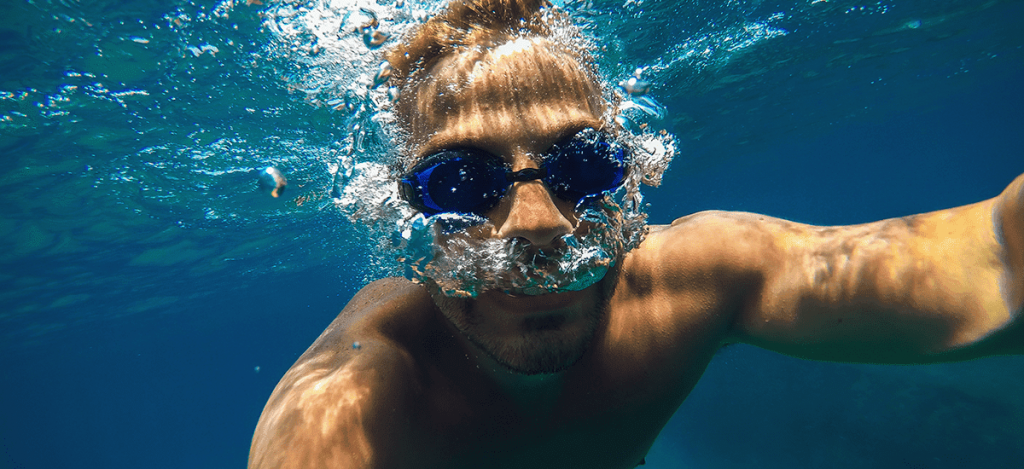
There are two mantras for breathing while swimming:
- Take short inhalations.
- Exhale slowly and thoroughly.
To practice breathing,
- Begin by standing in the water immersed just until your chest. If you are more comfortable in shallow waters, you can crouch to bring the water to your chest or neck level.
- Take a deep breath and immerse your head in the water. It is recommended to breathe in through your mouth and take in more air.
- When underwater, start exhaling slowly. Do it through your nose. You would see bubbles rising to the surface of the water.
- Once you have exhaled completely, come out of the water.
- Repeat the process. Improve your breathing each time. Remember the mantra discussed above to go longer underneath the water and shorten the time above the water. Do this by quickly inhaling more air and exhaling as slowly as possible.
You may choose to wear swimming goggles to see the bubbles clearly and be able to confidently open your eyes underwater.
Breathing while swimming
You will learn a variety of swimming strokes in a swimming class. Let’s see how you can incorporate the right breathing technique in these four common strokes.
Backstroke breathing
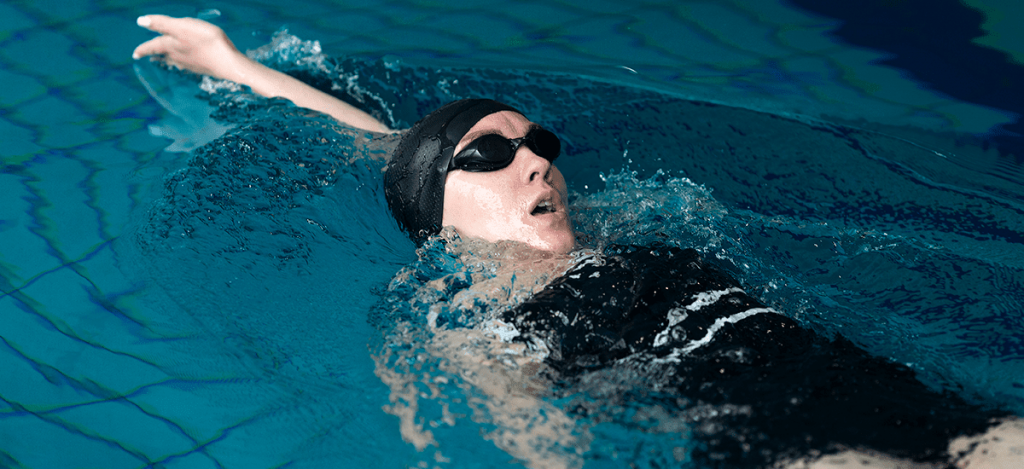
In this stroke, you are on your back and your face is always above water. However, you can still follow good breathing practice. Try to maintain an equal inhalation and exhalation duration. You may follow the movement of the arm to synchronize the breathing. One method could be to breathe in when an arm exits the water and breathe out when the other arm exits.
Freestyle breathing
In this stroke, you breathe in when your head turns either side out of the water. If you turn your head too early or delay it, you may throw off your breathing rhythm and even the alignment of your body.
Start rotating your head as your arm is clearing the water at the end of the pulling phase. Once your face is outside, quickly take a deep breath. Once you get back to the beginning position start exhaling with your nose.
When inhaling, tilt your head to the side just enough. Don’t go on to lift your head exclusively for breathing, or over-rotate to achieve more breathing. When exhaling, empty your lungs before you inhale again.
Butterfly stroke breathing
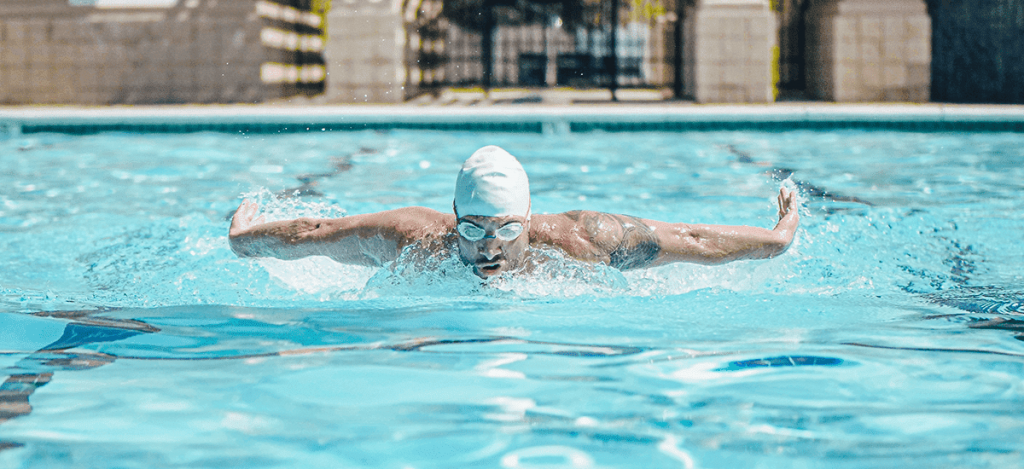
Butterfly stroke consumes the most energy among all the swimming strokes discussed here. Hence it is important to practice proper breathing performing this stroke.
Breathe in as your arms push back water behind you near the surface, and your face has cleared. Exhale when you drop into the water and the hands come together for the recovery phase. Avoid lifting your head too high to inhale, maintain a neutral position and not strain the neck. It is recommended to breathe in once every two strokes.
Breaststroke breathing
While this stroke is relatively difficult to master, the breathing technique, by theory, is easier than in front crawl. As you sweep your arms and your head just clears water to inhale quickly. Start exhaling gradually as you glide into the water.
A few quick tips:
- Don’t tense your muscles
Tensed muscles may throw you off the balance in breathing and panic can cause hyperventilation. Relax and take it easy.
- Don’t hold your breath
Inexperienced swimming makes the mistake of holding their breath underwater rather than exhaling.
- Breathe in rapidly
Breathe in through the mouth and take in as much as air can. Do it quickly and it should not take more than a second.
- Time your exhalation
Take at least twice the time exhaling you take to breathe in.
You can choose to learn this all from an experienced swimming instructor or join a good swimming class.
If you are looking for a swimming class for beginners or a private swim instructor to teach you the basics, get in touch. We have a range of swimming classes in Dubai for all ages and skill levels.
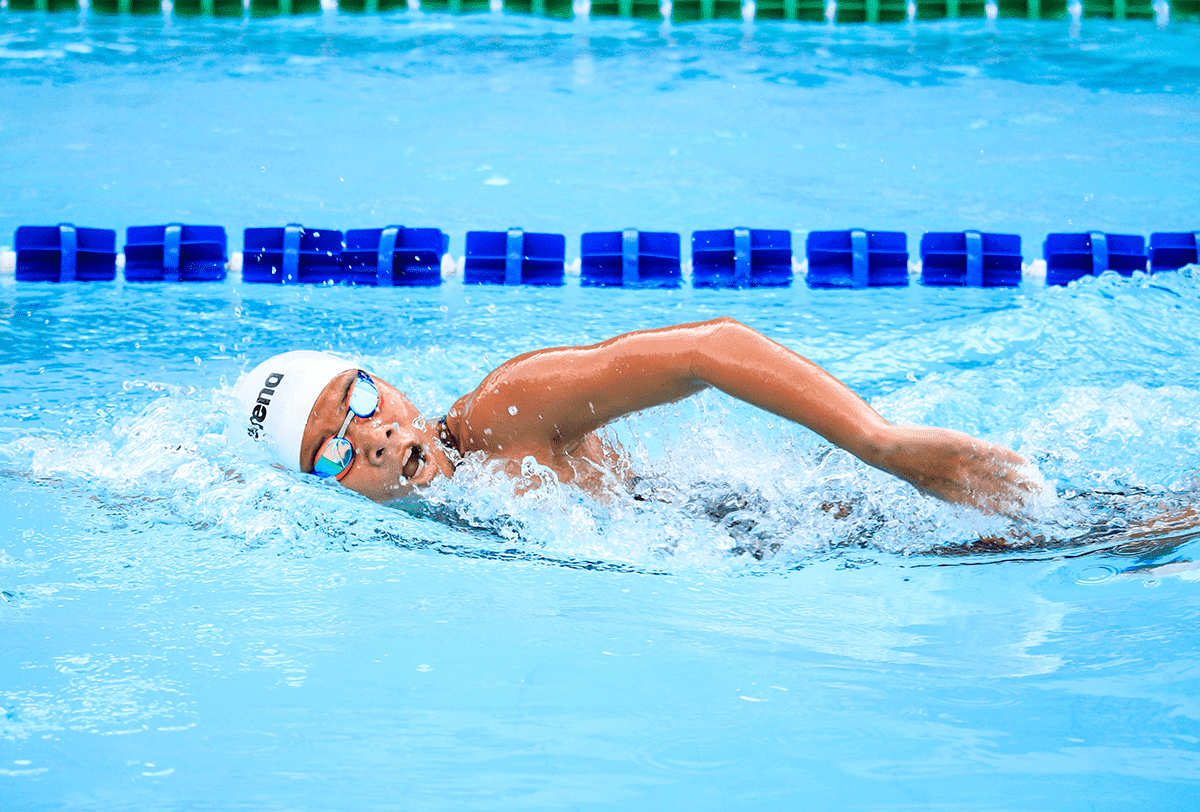
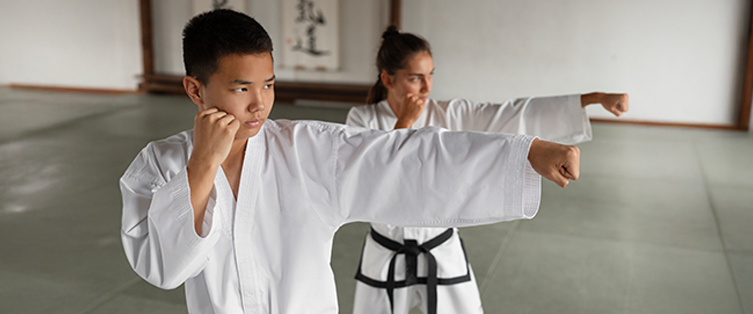
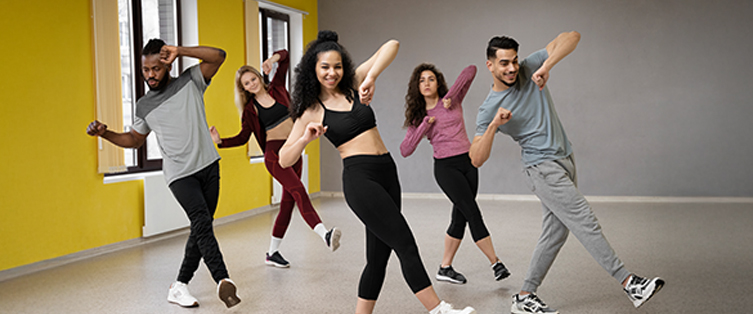
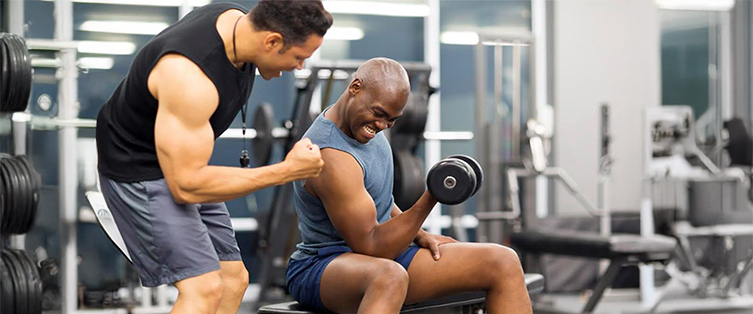
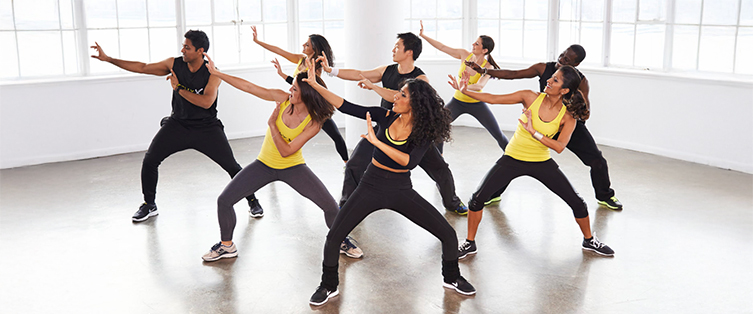

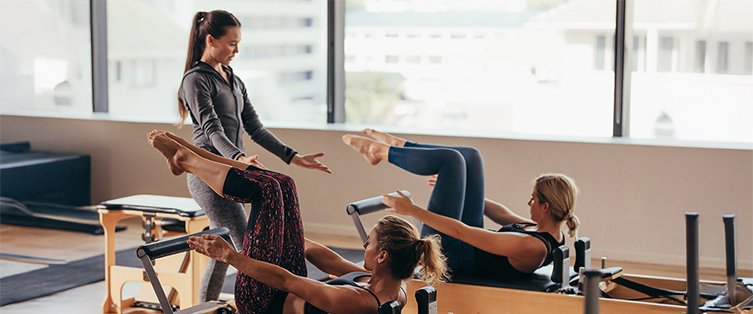
Leave a Reply